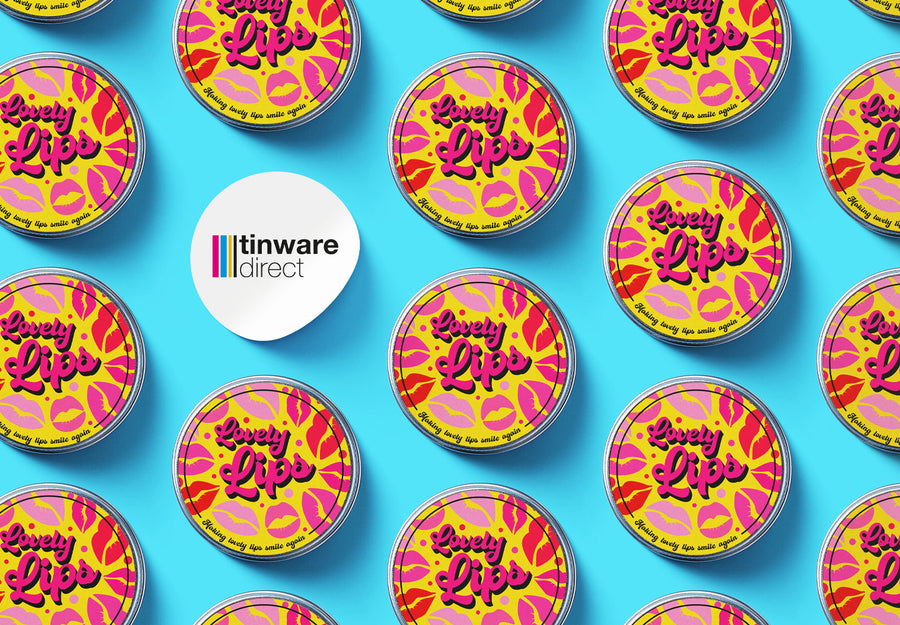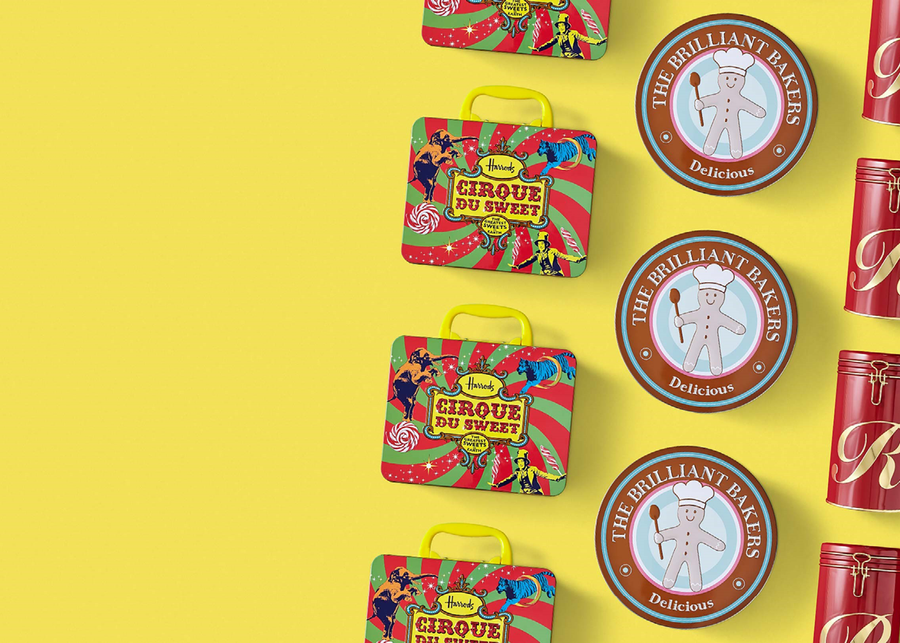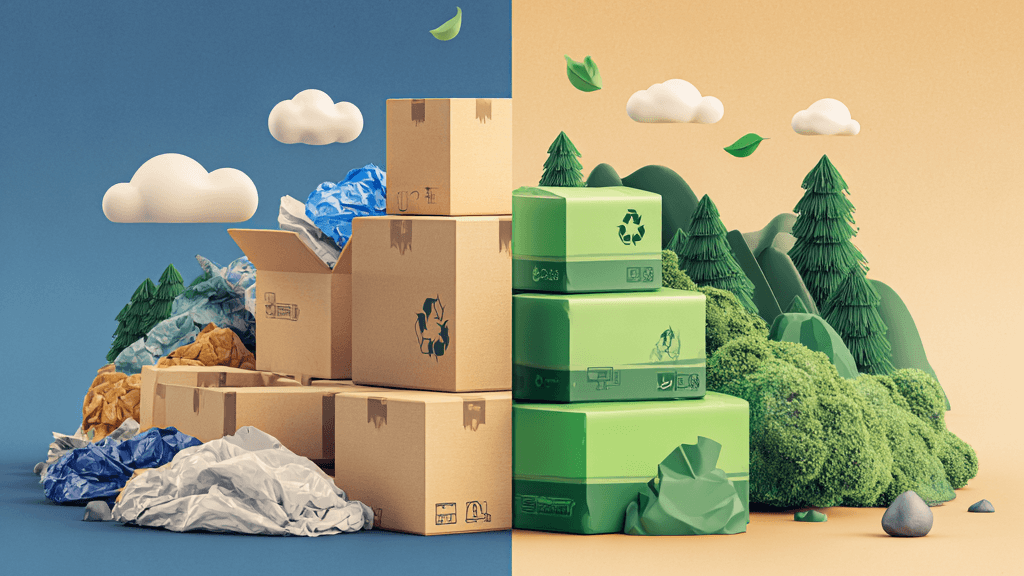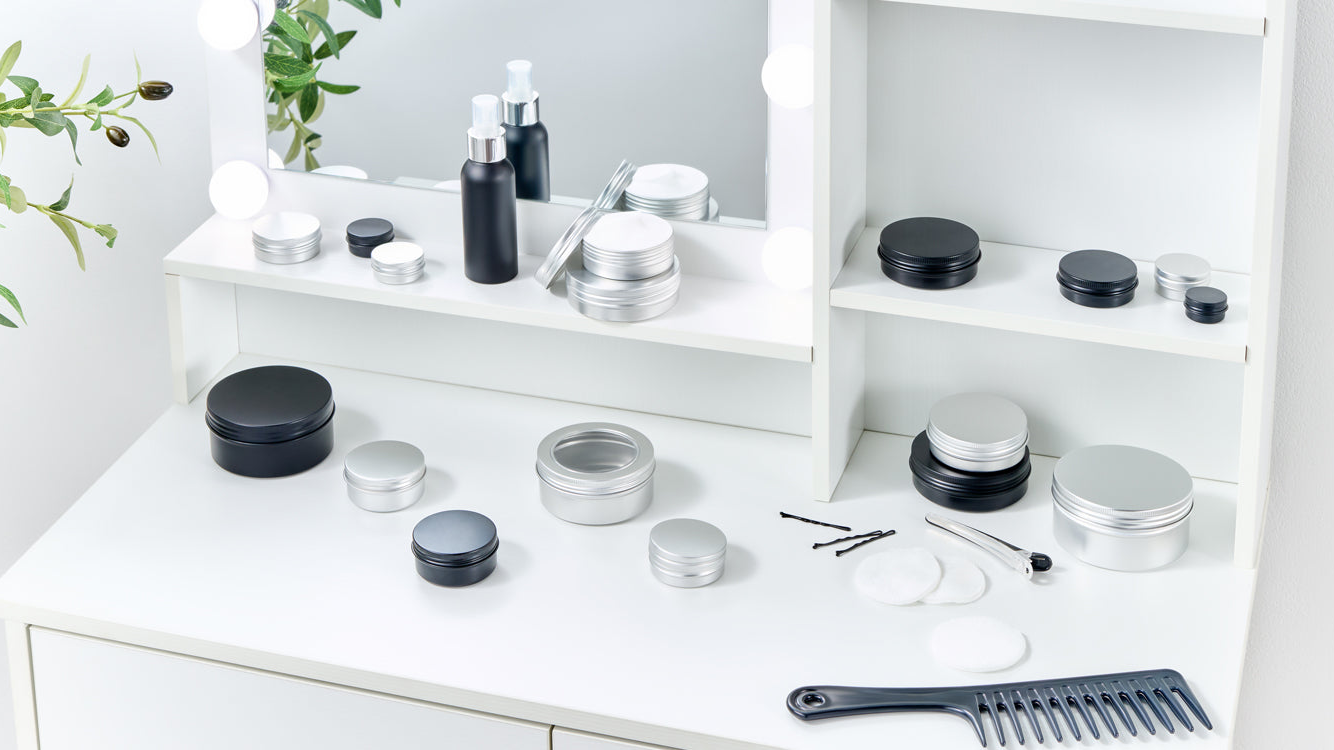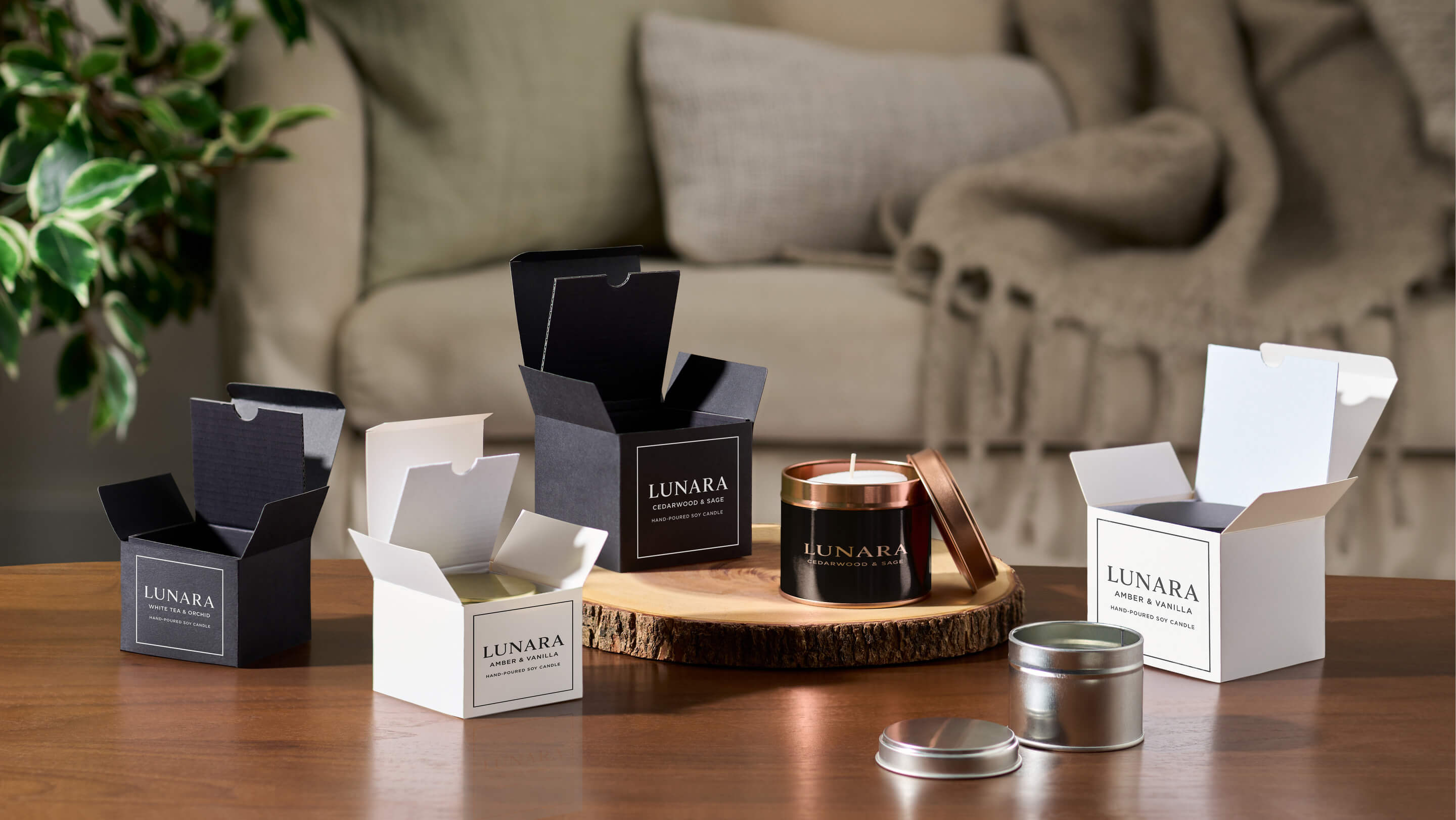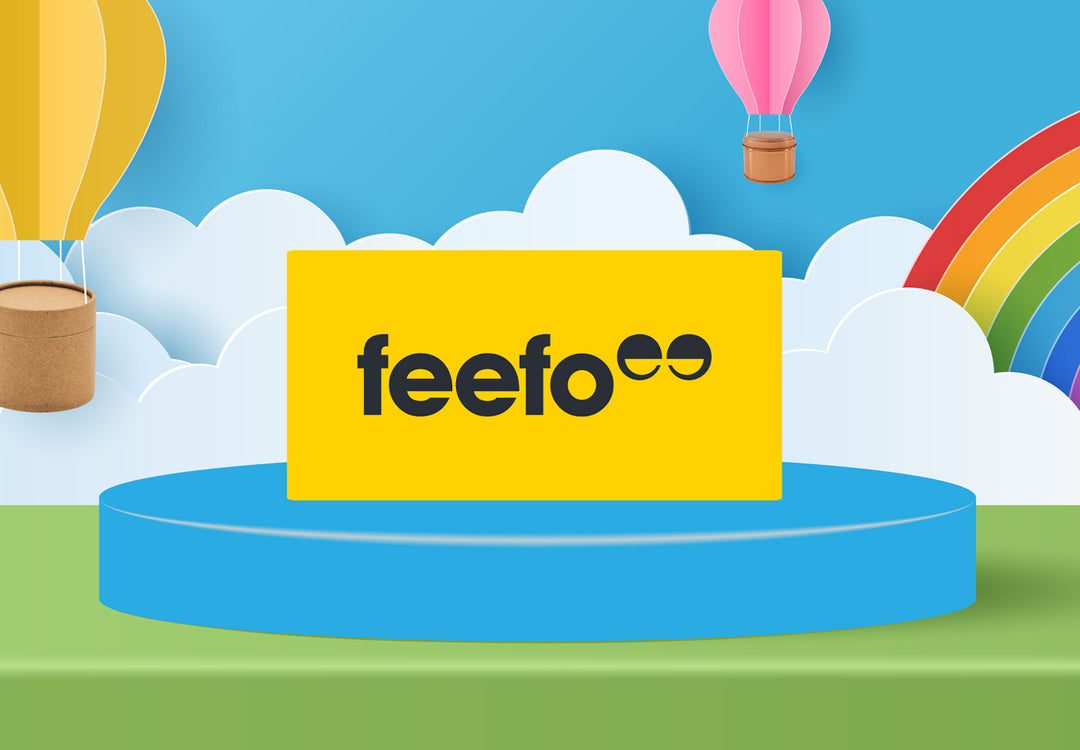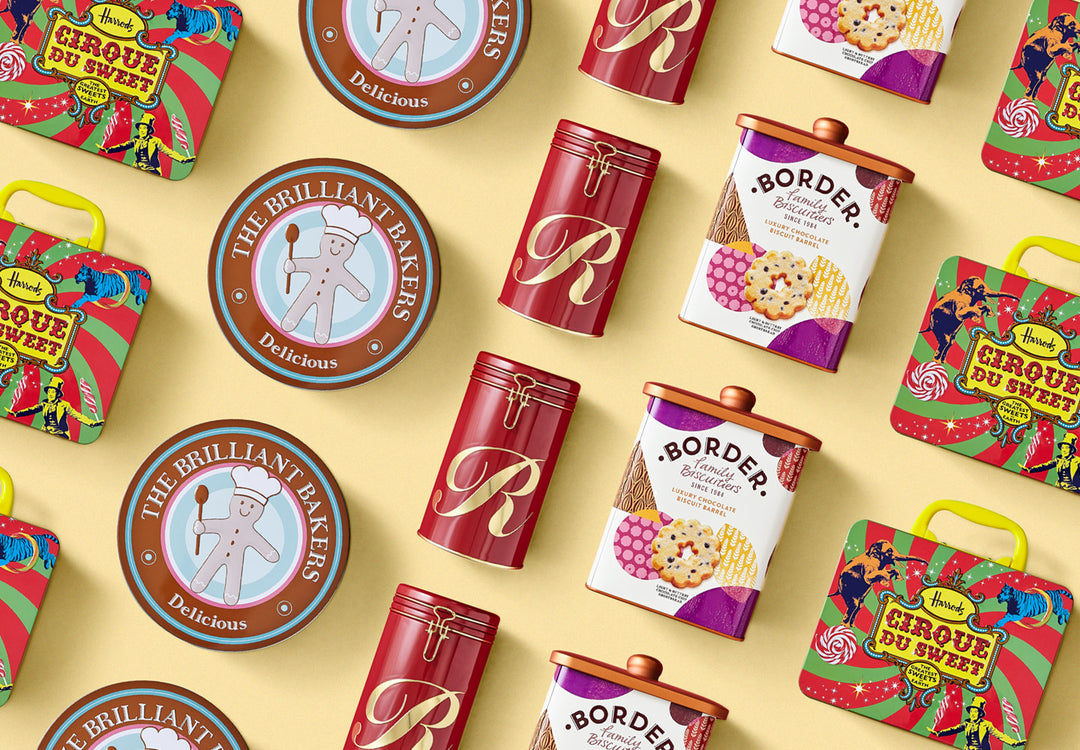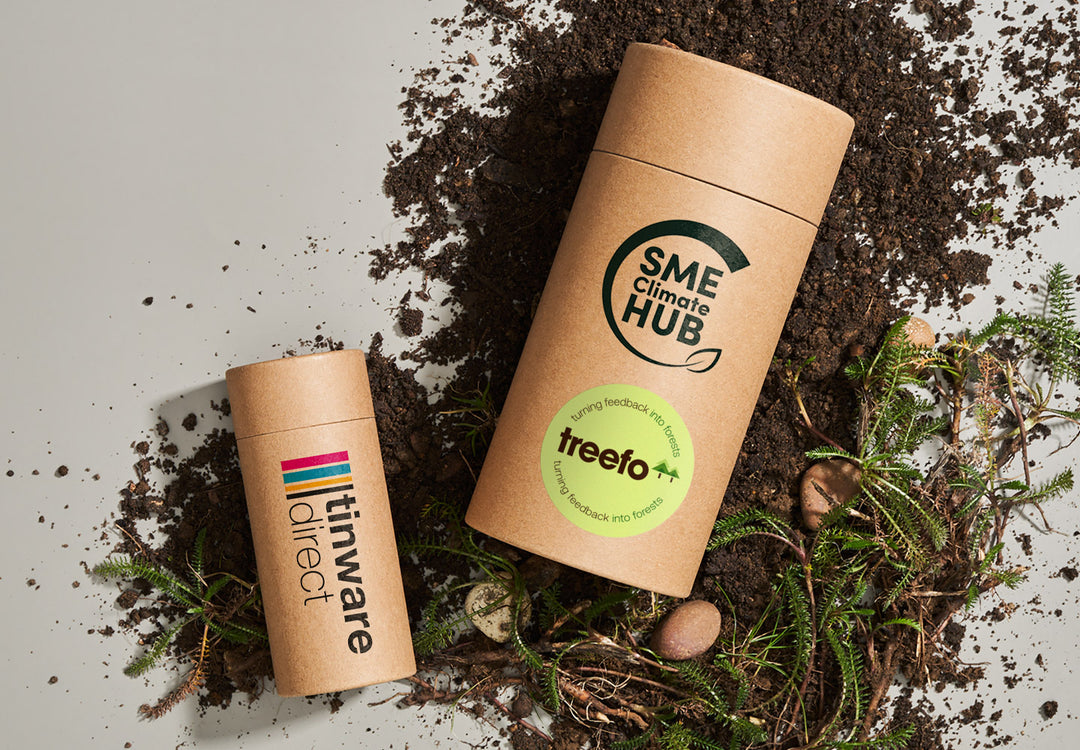6 Steps To Switch From Plastic Packaging To Sustainable Choices
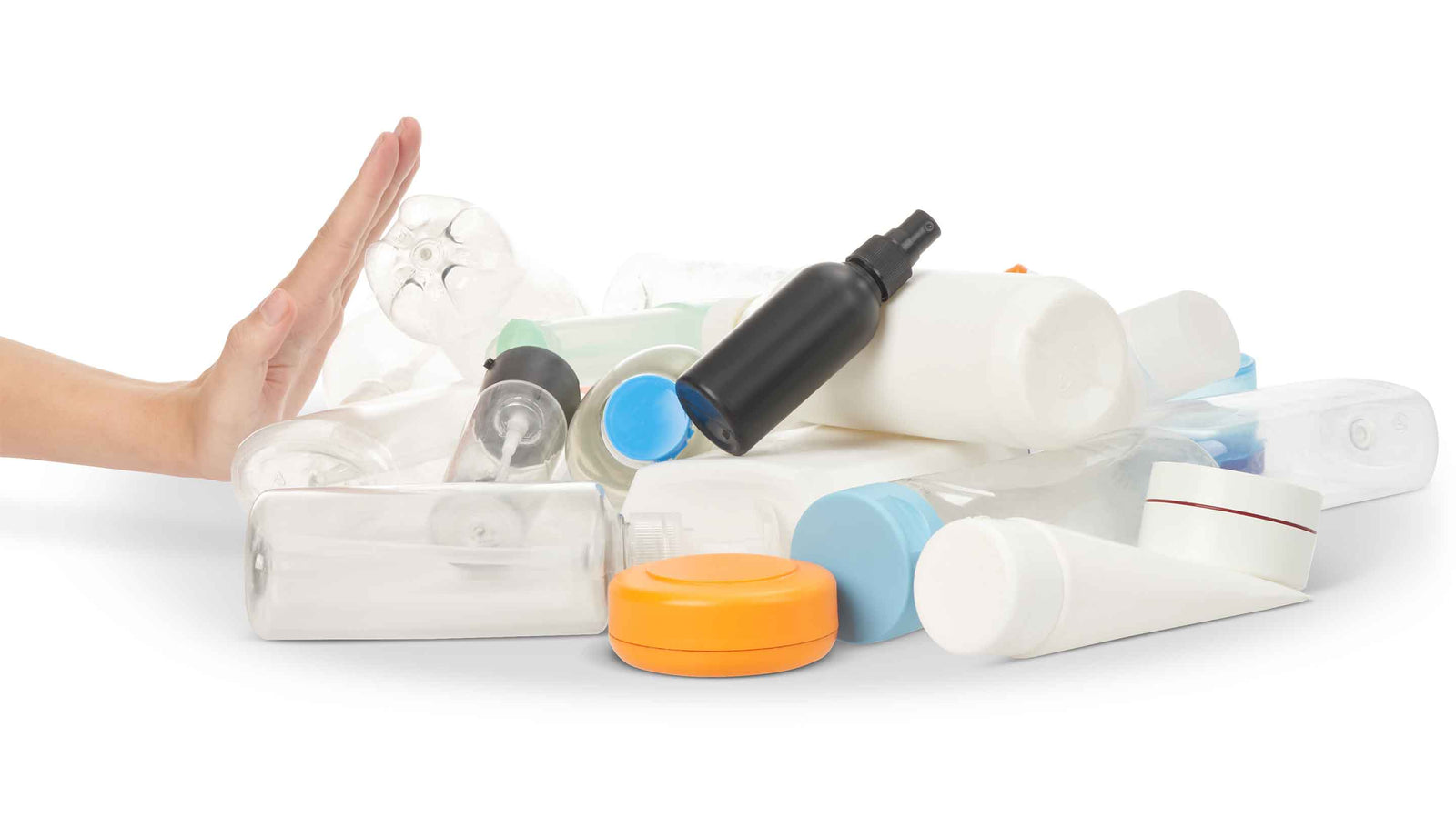
The verdict is in: Customers across all industries are demanding sustainable packaging. For many businesses, this necessitates a complete revamp of their existing packaging model.
Are you still reliant on plastic packaging in your business operations? If so, it’s high time to consider a shift towards more sustainable alternatives.
At Tinware Direct, we’re committed to assisting you with a strategic plan that ensures this transition is as smooth and effortless as possible within your business model.
Step 1: Arm Yourself With The Facts
Whether you’re a decision-maker or need to persuade key stakeholders in your organisation, it’s crucial to comprehend the significant facts about plastic packaging. Here are some compelling statistics that will bolster your argument:
- In 2021, the EU generated approximately 188.7 kg of packaging waste per resident.
- A staggering 46% of packaging ends up in landfills, and 22% is mismanaged.
- Embracing the reuse of packaging could slash greenhouse gas emissions by a whopping 69%.
- Changes in packaging could result in a 30% reduction in scope 3 emissions.
- A massive 90% of consumers are influenced by the use of metal packaging for products on store shelves - they know it’s sustainable!
- Sustainable packaging optimises production and decreases costs.
Step 2: Identify The Best Materials And Solutions

The next step is to identify the most suitable materials and solutions for your business. There are various sustainable packaging materials available, including:
- Cardboard packaging
- Metal packaging (such as tin and aluminium)
- Compostable biomaterials
Each option offers its own set of advantages and disadvantages. Some are easily recyclable, while others are 100% biodegradable. Metal packaging, including tin and aluminium, is a sturdy choice, while cardboard packaging appeals to younger, eco-conscious consumers. Therefore, it’s vital to conduct comprehensive research before deciding on the best option.
Step 3: Understand Your Key Packaging Requirements
When selecting the right packaging material, consider the specific requirements of the products you sell.
For instance, if you’re selling a water-based cosmetic product like a lotion or soap, it’s crucial to choose a sustainable packaging option with a water-resistant liner. An EPE liner will prevent leakages during and after transportation.
If you’re aiming to create a premium design for your products, tinplate packaging is an excellent choice. Tinplate combines the aesthetic appeal of tin with the durability of steel, resulting in a captivating final presentation. When choosing packaging, consider factors such as:
- Size
- Durability
- Appearance
- Accessibility
Step 4: Explore Creative, Impactful Design Choices
Packaging is a powerful tool to communicate with your customers. It sends a clear message and can alter the perception of your brand. It can also help ensure you expand your market reach. That’s why you should view a change in your packaging material as an opportunity for creativity. Whether you’re opting for bespoke or stock packaging, you can always find the perfect package to make your product stand out. If you choose metal packaging, take that statement literally. You’re guaranteed to catch the eye of any customer!
Step 5: Find The Perfect Supplier
Once you’ve determined how to select the material, it’s time to start exploring suppliers. It’s crucial to find a supplier you can trust and steer clear of companies that are greenwashing with their sustainability claims.
Also, consider whether a business offers:
- The right stock selection
- A fast turnaround
- Premium quality
Keep in mind, any hiccup with your supplier can ripple through your supply chain, affecting your business’s overall performance and, ultimately, customer reviews.
Step 6: Educate Your Target Audience
Customers often fear the unknown and may be apprehensive about changes within a business. Even if the benefits seem apparent, a simple alteration such as a new packaging design could potentially result in a significant downturn in sales.
To mitigate this, it’s crucial to educate your customers about the advantages of metal packaging or cardboard packaging and the rationale behind this shift. If you weave this into your marketing strategy, it will lead to market success.
Transitioning from plastic packaging to cardboard tubes or metal containers might seem like a daunting task that requires the right support. If you’re keen to delve deeper and seek advice from packaging professionals, don’t hesitate to contact our team today. We’re prepared to guide you towards a sustainable future. 🌍💼
